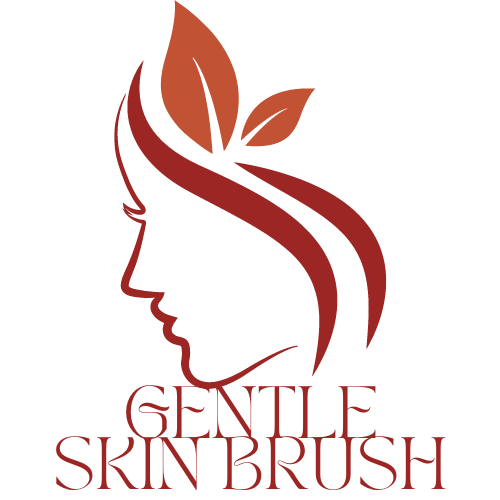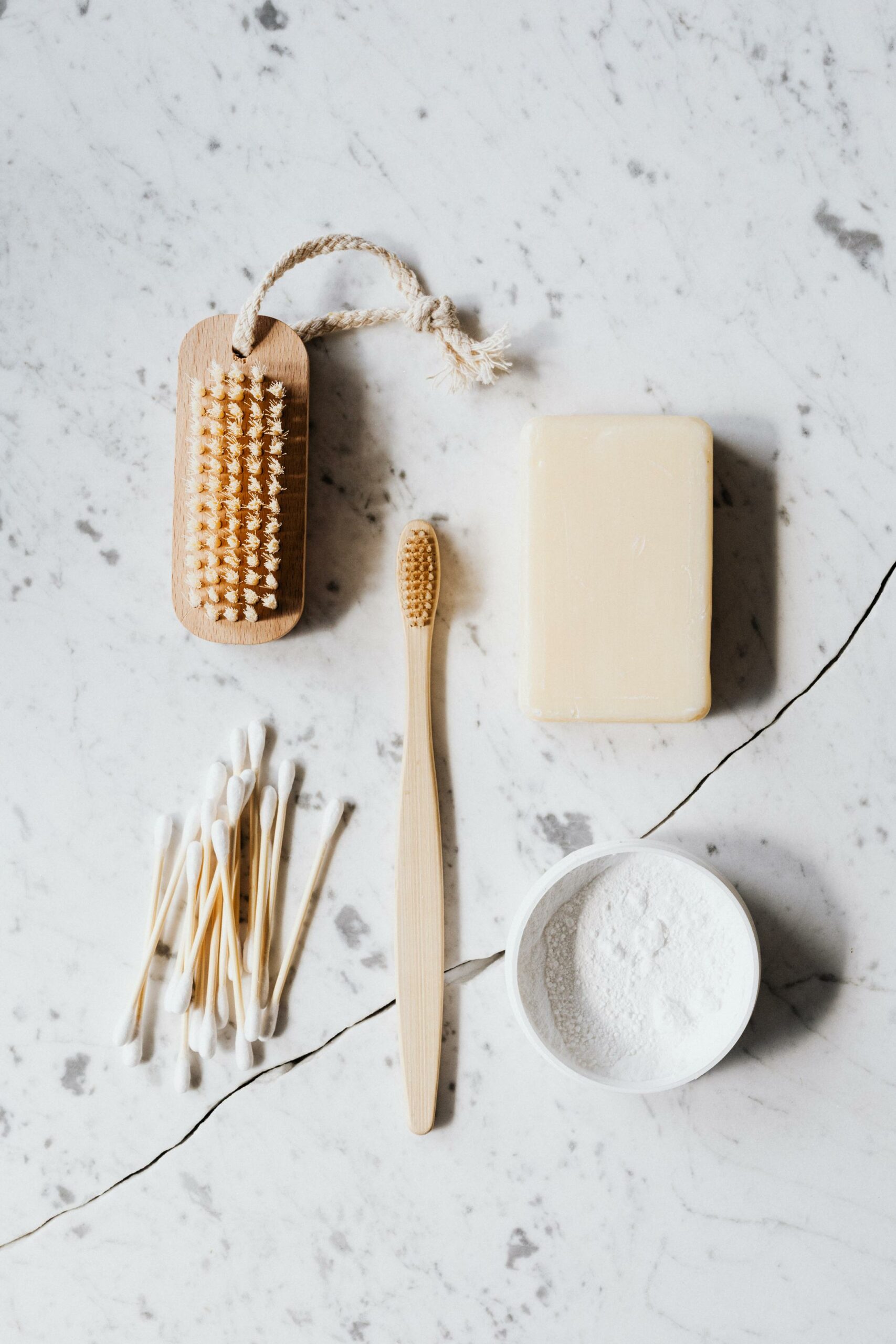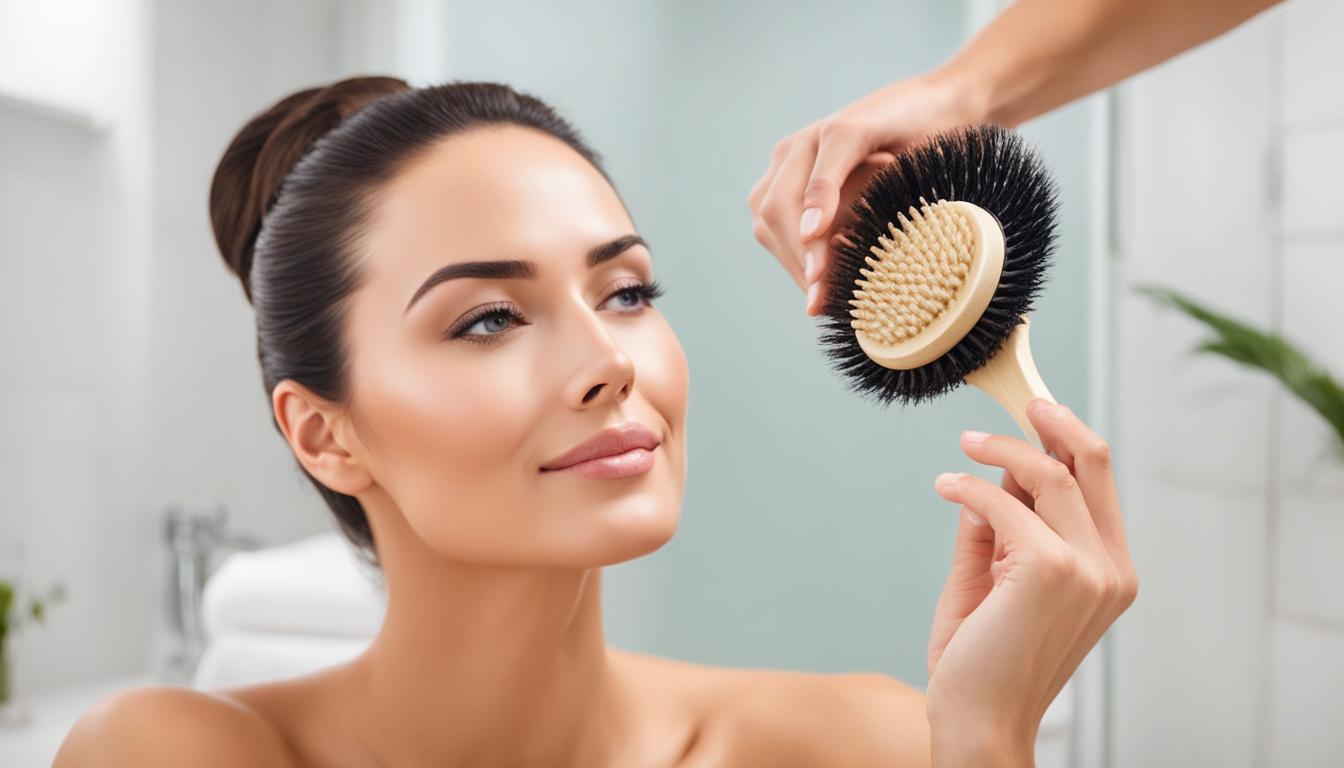Having dandruff can be embarrassing and uncomfortable, but there is a simple and effective solution! Scalp brushes are an easy and gentle way to treat dandruff and keep your scalp healthy.
We’ll cover the different types of scalp brushes available, the best way to use them, and some tips and tricks to keep in mind.
Contents
- 1 Types of scalp brushes – different types and how to choose the right one
- 2 Benefits of scalp brushing – how does it help with dandruff
- 3 How to use a scalp brush – step-by-step tutorial
- 4 Common mistakes to avoid – what to watch out for
- 5 Additional tips and tricks – how to maximize the benefits of scalp brushing
- 6 Conclusion
Types of scalp brushes – different types and how to choose the right one
When it comes to keeping your scalp healthy and dandruff-free, the type of brush you use can make all the difference. Different types of scalp brushes are designed to provide different levels of cleaning, exfoliation, and massage.
From boar bristle brushes to electric scalp brushes, understanding the differences between them is key to finding the one that best suits your needs. Boar bristle brushes are great for those looking to gently exfoliate their scalp, as the bristles are soft and stimulate the scalp for improved circulation. Electric scalp brushes, on the other hand, offer a more intense cleaning experience, as they are designed to penetrate deep into the scalp to remove dirt and oil.
These brushes also have additional features such as adjustable speeds and massage settings, making them ideal for those looking for a more thorough cleanse. When it comes to using a scalp brush for dandruff, it is important to choose one that is specifically designed to help reduce flakes and irritation. Look for brushes with soft, rounded bristles and those that offer a gentle massage motion to help reduce inflammation and loosen any build-up of dead skin cells.
Look for brushes with soft, rounded bristles and those that offer a gentle massage motion to help reduce inflammation and loosen any build-up of dead skin cells. Additionally, make sure to use the brush with a mild shampoo designed to help treat dandruff. Choosing the right scalp brush for your needs can help ensure that your scalp stays healthy and free of dandruff.
Consider your needs and the type of brush that will best meet them, and you’ll be on your way to a happy, flake-free scalp.
Benefits of scalp brushing – how does it help with dandruff
Scalp brushing is an often overlooked but incredibly beneficial practice that can help with dandruff. Scalp brushing is a simple but effective way to manage dandruff and can be done with a boar bristle brush or a specialized scalp brush. By brushing your scalp, you help to stimulate the blood circulation in your scalp and remove any excess oil, dirt and dead skin cells that can lead to dandruff.
By brushing your scalp, you help to stimulate the blood circulation in your scalp and remove any excess oil, dirt and dead skin cells that can lead to dandruff. Brushing your scalp can also help to loosen any flaky or dry skin on the scalp that may be contributing to dandruff. Additionally, scalp brushing can help to distribute the natural oils that your scalp produces, providing a healthier balance of moisture and preventing dandruff from occurring.
Finally, scalp brushing helps to exfoliate the scalp and remove any dirt or debris that can clog the pores and cause dandruff. By using a scalp brush regularly, you can help to keep your scalp healthy and free of dandruff.
How to use a scalp brush – step-by-step tutorial
Having dandruff can be a difficult problem to deal with. One way to help fight the dryness and itching caused by dandruff is to use a scalp brush.
Scalp brushes are specifically designed to massage the scalp, increase circulation, and help exfoliate away dead skin cells. Additionally, using a scalp brush can help remove excess oil, dirt, and product buildup which can lead to dandruff. Following this step-by-step tutorial will help you learn how to use a scalp brush to reduce dandruff.
Common mistakes to avoid – what to watch out for
If you suffer from dandruff, you know how frustrating it can be to try to keep your scalp clean and flake-free. One way to help with this is to use a scalp brush to remove dead skin cells and other debris that can cause excess dandruff.
However, there are some common mistakes to be aware of when using a scalp brush. To ensure that you use your scalp brush correctly, here are some tips to watch out for. First, be sure to use the correct brush for your hair type.
Different brushes are designed for different types of hair, so choose the one that’s best for you. Second, never press too hard when brushing your scalp.
You want to gently exfoliate your scalp, not damage it. Finally, don’t forget to clean your scalp brush regularly. If you use it every day, make sure to give it a thorough cleaning at least once a week to keep it free of dirt and bacteria.
By following these tips and avoiding these common mistakes, you can make sure that your scalp brush is doing its job and helping to keep your dandruff under control.
Additional tips and tricks – how to maximize the benefits of scalp brushing
Scalp brushing can be an effective way to manage dandruff symptoms and improve overall scalp health. Here are some tips and tricks on how to maximize the benefits of scalp brushing to get the most out of it. First, use a natural bristle brush that has been specifically designed for scalp brushing.
This type of brush helps to gently exfoliate the scalp and remove any dry, flaky skin. Secondly, be sure to brush in small, circular motions and focus on the areas of your scalp where dandruff is most prevalent.
Finally, it is important to use the scalp brush regularly to ensure that you are removing any excess oil and dead skin cells that can build up and lead to dandruff. With consistent use, scalp brushing can help to reduce dandruff and keep your scalp looking and feeling healthy.
Conclusion
In conclusion, using a scalp brush for dandruff can be an effective way to reduce the amount of dandruff on your scalp. It can help to remove the dead skin cells and other debris that can accumulate and cause dandruff. When using a scalp brush, make sure to use gentle, circular motions and avoid any harsh scrubbing motions.
Additionally, use a scalp brush regularly to help keep your scalp clean and healthy. Finally, be sure to consult your doctor if your dandruff persists despite your efforts.





Leave a Reply